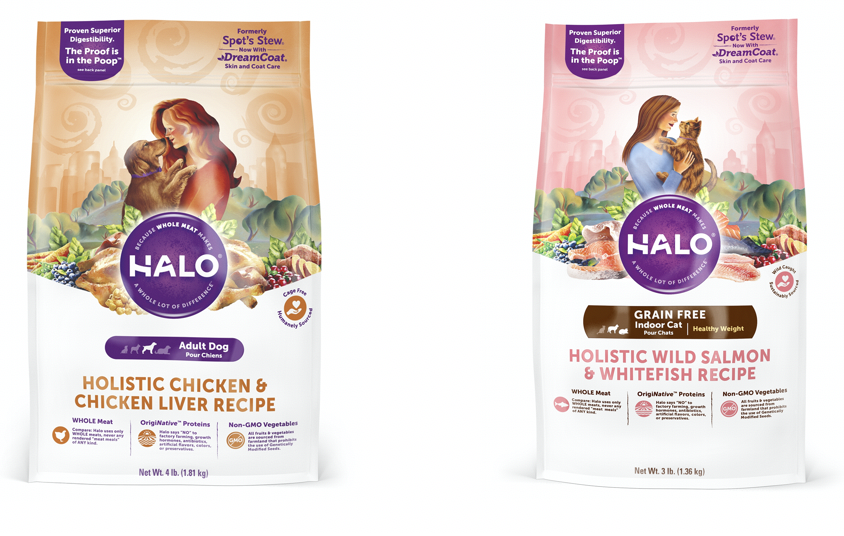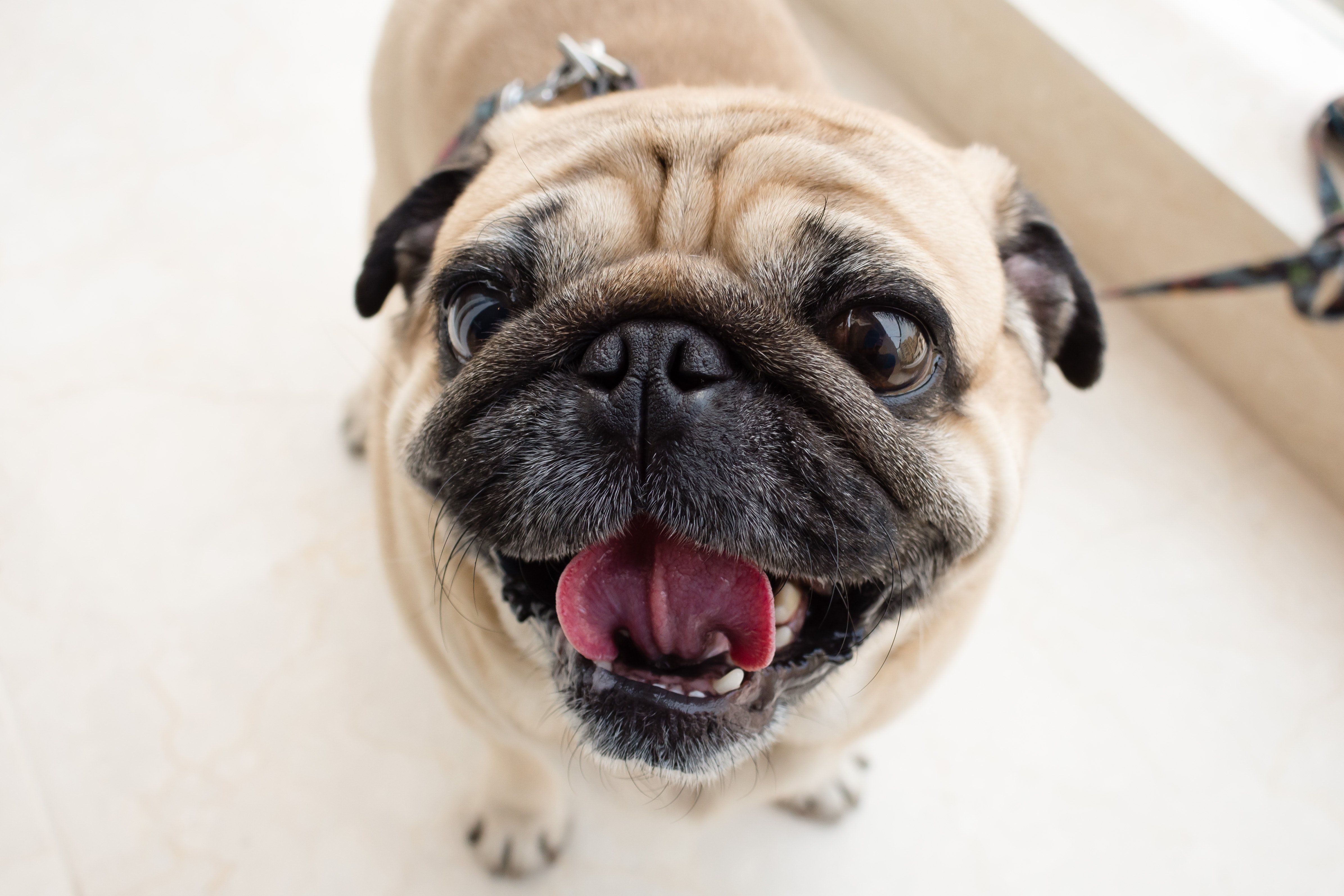It’s National Vision Month, and while nutrition and vision may not seem related, they are intrinsically linked. From gestation to development and throughout a pet’s life, what our pets eat can impact the structure and function of their eyes.
Vision is a perception of sight. Like humans, the visual system is composed of a sensory organ (the eye) and a processing organ (the brain). Light enters the eye through the transparent cornea, passes through the lens, and is received by the retina. The retina is a layer at the back and is a componet of the eye that contains special cells known as rods and cones. These rods and cones transduce the light into electrical pulses that are transmitted by the optic nerve to the visual cortex of the brain.
Different body functions develop at differing times in different mammals. In dogs and cats, the young are born with very immature retinas, nerves and brains all of which develop after birth. Long-chain polyunsaturated fatty acids (LCPUFAs) are critical components of neural membranes and it is for this reason that puppies and kittens have a dietary requirement for the LCPUFAs docosahexaenoic acid (DHA) and eicosapentaenoic acid (EPA), where adult pets do not. Making sure your pets receive the right food, promotes healthy vision by supporting retinal and neural development.
The LCPUFAs aren’t the only critical nutrients for healthy vision. You might not have believed it when you were a kid, but eating carrots is actually good for one’s vision. Carrots and other bright orange vegetables contain high levels of beta-carotene, a natural precursor of vitamin A. One of the primary functions of vitamin A is as a component of those rod and cone cells that generate nerve impulses when they receive light. A tell-tale sign of vitamin A deficiency is night blindness, a condition where vision is impaired in low light conditions. This is what happens when the rod and cone cells’ decreased sensitivity to light and inability to generate appropriate neural signals because of inadequate vitamin A.
A last key nutritional component for the visual system (your pet and yours) is taurine. Taurine is a type of sulfur-containing amino acid that plays an essential role in fetal development, growth and sight. Dogs and cats with taurine deficiency develop specific retinal lesions, eventually leading to blindness. For dogs, taurine isn’t always an essential nutrient, as they are able to form taurine from precursor sulfur amino acids methionine and cysteine. Many dog foods do have taurine added, as it is a very safe supplement, provides benefit, and has no drawbacks. Cats lack the ability to make their own taurine even with sufficient sulfur amino acids, so it is mandatory they ingest taurine in their diet.
We at Halo hope that National Vision Month brings you a better understanding of your pet’s needs, especially when it comes to his or her vision.
Best wishes and tail wags,
Dr. Sarah Dodd
All Halo Cat recipes and many Halo Dog recipes include Taurine for eye health and heart health!



Susan Crichley
The Halo wet cat food has been a blessing for one of our cats and now our oldest cat who always liked Fancy Feast is refusing??
Olivia Von Pein
Hi Susan, that happens sometimes. Please contact our customer service team for some tips (813) 426-4256 or email us at healthypets@halopets.com